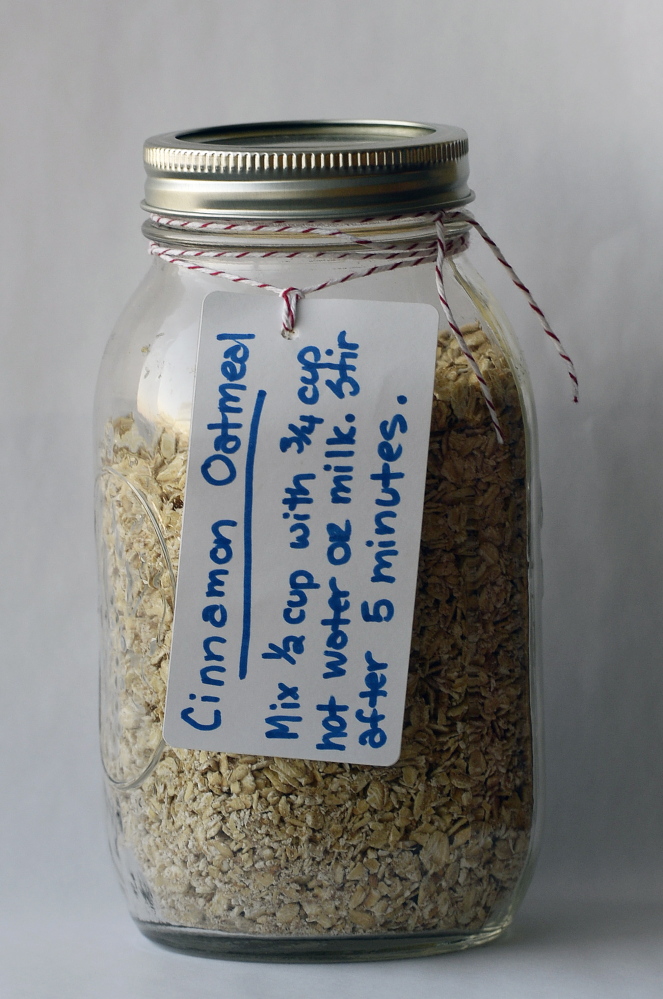I burn fewer calories trekking to collect groceries than I used to because I now remember to grab the reusable bags on my way out the kitchen door and don’t have to retrace my steps to get them later.
This slightly green alteration to my grocery store practice has taken five years to commit to muscle memory.
With my journey toward greener groceries flowing at this glacial pace, I read with amazement about a store in Berlin (Germany, not the one in Franklin County), called Original Unverpackt, which “dispenses with disposable packaging.” Everything – whether wet or dry – is sold in bulk. If you don’t bring your own reusable cloth bags, stainless steel containers and glass jars, they’ll sell you one, but your food isn’t leaving in a plastic wrapper.
Berliners, apparently, are taking this unwrapping in stride. But shopping in that fashion would need to happen in baby steps for me.
I bought a book called “Zero Waste Home,” a memoir/how-to crossover written by Bea Johnson that details how her family has managed to limit its trash to a quart jar annually. Yes, that’s for the entire year, folks; the average American produces over 4 pounds of trash a day.
Johnson’s simplest shopping strategies include hitting the store only once a week, and taking a list, which she compiles on the back of the previous week’s grocery receipt. These steps help a shopper buy only what she needs and use up all she has before getting more. These steps I can manage.
Johnson keeps a few large baskets in her trunk: one filled with mesh produce bags that give cashiers a clear line of sight to the item stickers; and a second filled with variously sized cotton drawstring bags to transport items available from bulk bins (flour, sugar, grains, beans, cereal, cookies, nuts).
She uses a permanent marker to label each bag with its “tare” weight (the weight of the empty bag, which gets subtracted from the weight of a filled bag so that a buyer isn’t overcharged) and uses a washable marker to label its contents directly on the bag at the store. At home, she pours the goods into see-through, airtight containers, launders the cloth bags and returns them to the baskets in the trunk.
Expanding my bulk bin use beyond filberts and farro (both are hard to find packaged) will take effort.
Johnson uses a pillow case to buy bread. Bypassing bread’s plastic or paper sleeves may require handing the case over to the baker at the beginning of the trip and collecting your order when you’re finished shopping. Easy access to fresh bread on the ride home could be enough inspiration for me to make this step work.
Johnson keeps a rigid tote in her kitchen to store glass bottles needed to carry wet items (milk, yogurt, honey, peanut butter, olive oil, pickles, etc.). She also uses jars to transport items from the meat, fish and deli counters (the attendant places a price sticker on the jar) instead of picking the same cuts that are pre-wrapped in polystyrene and plastic.
She readily admits you’ll need, at first, to explain to butchers and fishmongers why glass is a preferable option for your protein purchases and possibly ensure that your containers are clean, but eventually they will get used to being asked to stuff ground beef into a mason jar, especially if more people like me and you ask them to provide it that way.
HOMEMADE CINNAMON AND BROWN SUGAR INSTANT OATMEAL
This recipe, adapted from one published in “The Homemade Pantry: 101 Foods You Can Stop Buying and Start Making,” is made mostly from items bought in bulk. To make your own brown sugar, whisk 1 cup cane sugar and 2 teaspoons molasses until they are well combined. In a blind taste test, my husband preferred this instant mix to the packaged one he’s been eating pretty much every day the snow has fallen this winter. Switching to this DIY mix reduces his waste by 4 ounces of packaging per week.
Makes 12 servings
6 cups old-fashioned rolled oats
2/3 cup packed light brown sugar
1 tablespoon ground cinnamon
1 teaspoon salt
1 cup dried fruit, optional
Preheat the oven to 325 degrees F. Spread the oats on a rimmed baking sheet and bake for 20 minutes, stirring twice during cooking time to avoid burning the oats at the edge of the pan. Cool for 15 minutes.
In the bowl of a food processor, combine 4 cups of the toasted oats with the brown sugar, cinnamon and salt. Pulse until the mixture is a rough powder, about 30 seconds.
Pour into a large wide-mouthed jar or container. Pour in the remaining 2 cups of toasted oats and the fruit, if using. Stir thoroughly and seal. Store the mix at room temperature for up to 4 weeks, in the refrigerator up to 3 months or in the freezer for up to 6 months.
To make the oatmeal, combine 1/2 cup of the mixture with ¾ to 1 cup boiling water or scalded milk for 1 serving. Cover with a plate and let sit for 5 minutes before stirring and serving.
Christine Burns Rudalevige is a food writer, recipe developer and tester, and cooking teacher in Brunswick. Contact her at cburns1227@gmail.com.
Send questions/comments to the editors.



Success. Please wait for the page to reload. If the page does not reload within 5 seconds, please refresh the page.
Enter your email and password to access comments.
Hi, to comment on stories you must . This profile is in addition to your subscription and website login.
Already have a commenting profile? .
Invalid username/password.
Please check your email to confirm and complete your registration.
Only subscribers are eligible to post comments. Please subscribe or login first for digital access. Here’s why.
Use the form below to reset your password. When you've submitted your account email, we will send an email with a reset code.